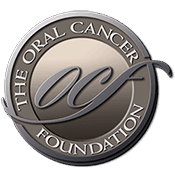Five reasons boys and young men need the HPV vaccine, too
Source: www.mskcc.org Author: Memorial Sloan Kettering Cancer Center, News and Information Rich Delgrosso found the lump while shaving. It was on the left side of his neck and it seemed to grow bigger by the day. He made an appointment with his ear, nose, and throat doctor. “He said the odds were 50/50 that it was an infection,” recalls the 56-year-old father of two from Pleasantville, New York. “I asked, ‘What’s the other 50?’” It was a possibility no one wanted to hear: Cancer. Rich underwent a biopsy and learned he had squamous cell carcinoma that had originated on the base of his tongue. His cancer, the doctor told him, was caused by the human papillomavirus (HPV). Rich was shocked. “I knew HPV could cause cancer,” he says, “but I thought it was only cervical cancer in women.” It’s true that HPV, a sexually transmitted virus, does cause the majority of cervical cancer cases in women. But it can also cause a variety of cancers in men, too, some of which are on the rise. HPV led to a five-fold increase of head and neck cancers in young men from 2001 to 2017, according to data released at the 2021 American Society for Clinical Oncology annual meeting. Memorial Sloan Kettering’s David Pfister, a medical oncologist who cares for people with head and neck cancer, says these cancer cases are just now emerging in people infected with the virus many years ago. “Once the association between HPV infection and throat cancers [...]
